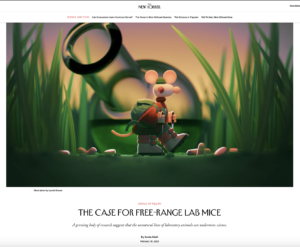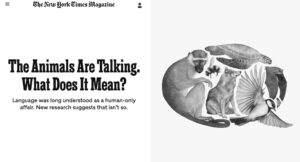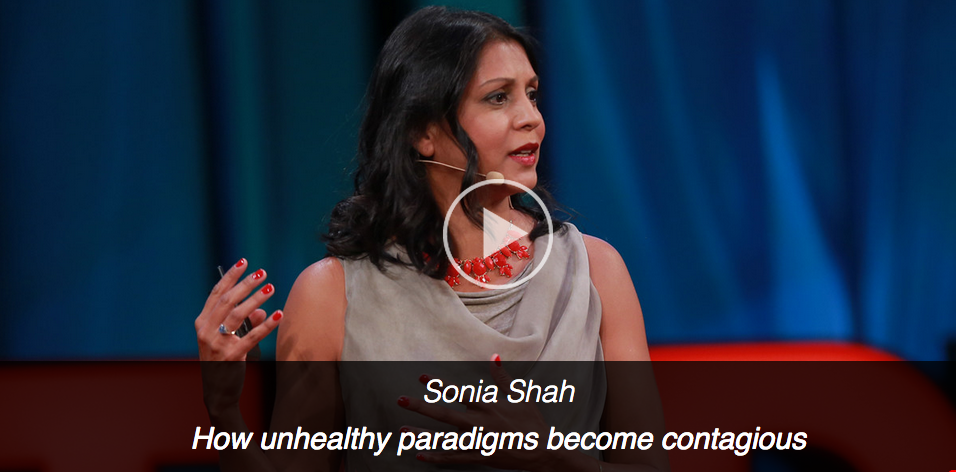From NPR.org, “Books We Like,” July 12, 2010.
Malaria’s ‘Fever’: A Global Scourge For 500,000 Years
by Michael Schaub

The Fever: How Malaria Has Ruled Humankind for 500,000 Years
By Sonia Shah
Hardcover, 320 pages
Farrar, Straus and Giroux
List price: $26
July 12, 2010
Malaria has been a global scourge since the Ice Age, and despite the fact that it’s treatable, it still kills about a million people a year. Scientists and physicians have worked for decades upon decades to eliminate the disease, but after tens of thousands of years, it’s beginning to look unkillable. Malaria has been eradicated in the United States for nearly 60 years, but the disease has still worked its way inextricably into our cultures and identities. Many older Americans, particularly in the South, remember chasing after trucks spraying the (now banned) insecticide DDT as children, playing in the cool mist on hot summer days. Even one of the world’s best-known soft drinks, tonic water, gets its name from the mixer’s original use as a treatment for malaria (it contains quinine, which is still used, in larger doses, to treat the disease).
There have been deadlier, scarier, and more stubborn diseases, but few that have affected human evolution and global culture as much as malaria has. In The Fever: How Malaria Has Ruled Humankind for 500,000 Years, journalist Sonia Shah provides an absorbing overview of the causes, treatments, and effects of the disease, from the birth of the Plasmodium falciparum parasite in Africa thousands of years ago, to global health initiatives of the last decade. In previous books, Shah has chronicled “the story of oil” (Crude) and written about pharmaceutical companies testing drugs on indigent patients (The Body Hunters) — in The Fever, she displays the same curiosity, eye for history, and anger on behalf of the oppressed. (Drug companies take it squarely on the chin here as well, particularly in the chapter titled “Pharmacological Failure.”)
“While we debate, and argue, and haphazardly collect our strength to fight malaria, the parasite refines its plague upon us,” writes Shah. The Fever is a call to arms, though it’s written with admirable clear-headedness and not a trace of alarmism. It’s a compelling account of a disease that remains out of sight — and thus out of mind — for most Americans, even as it slowly tightens its grip on other parts of the world. Despite Shah’s engaging prose and obvious enthusiasm, the subject matter means it’s far from an easy read — but it might well be an essential one.
Courtesy of NPR.org














Leave a Reply